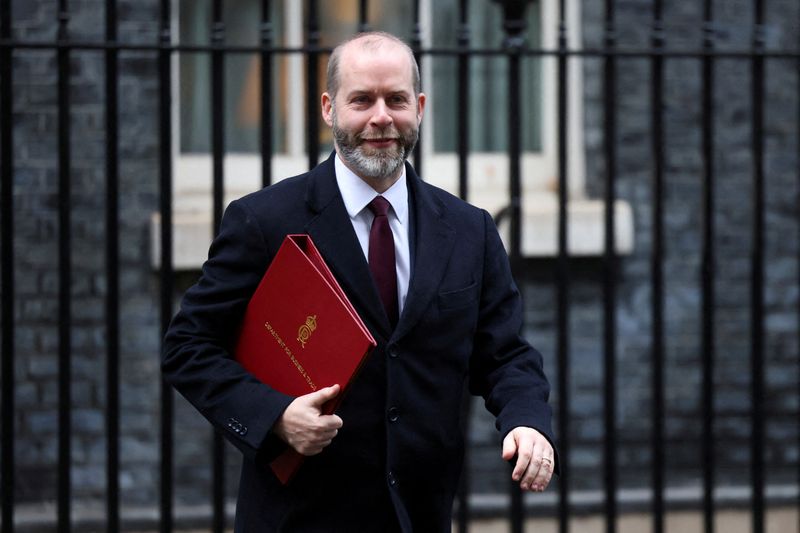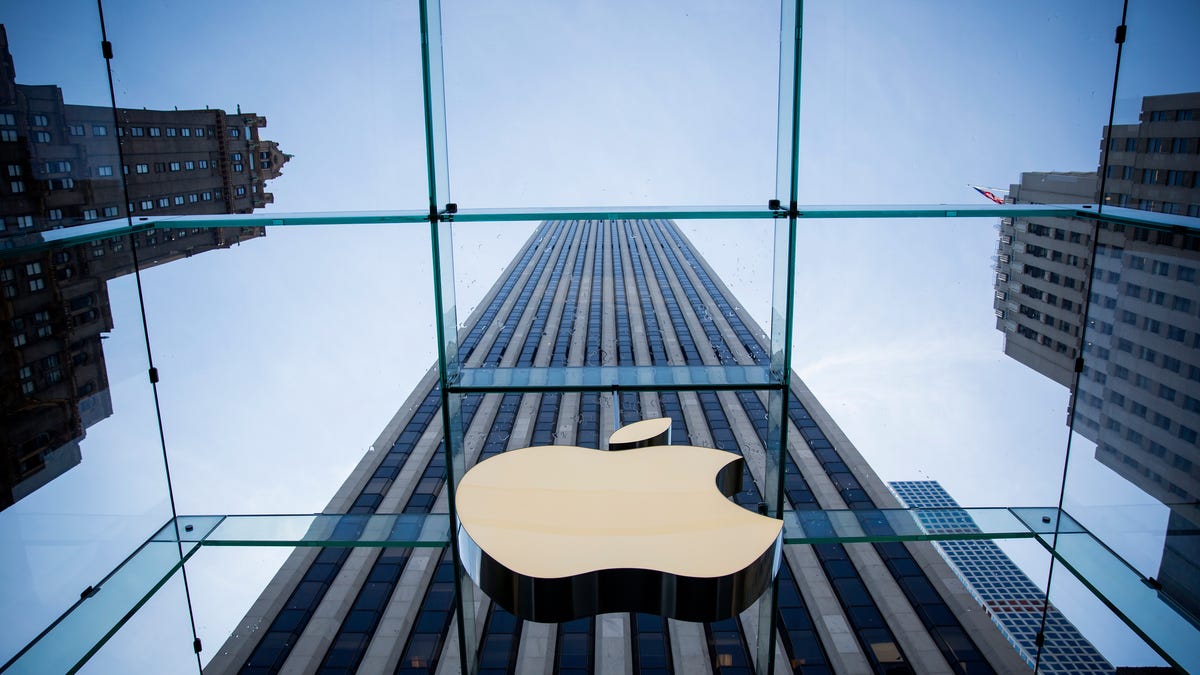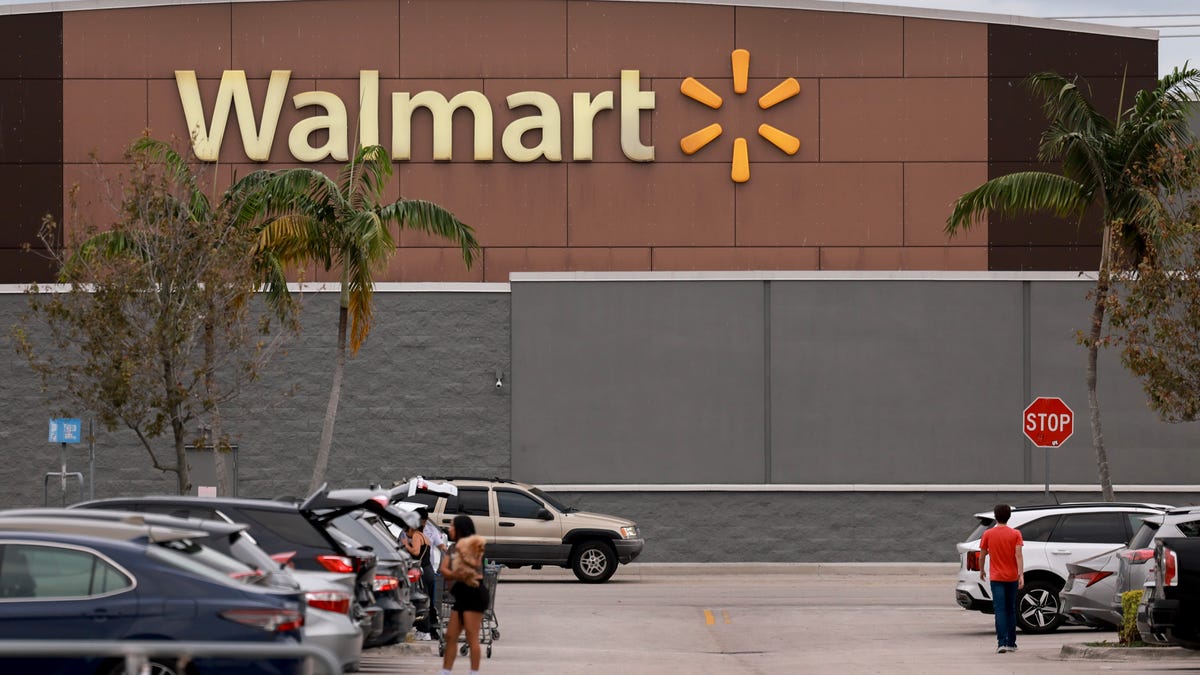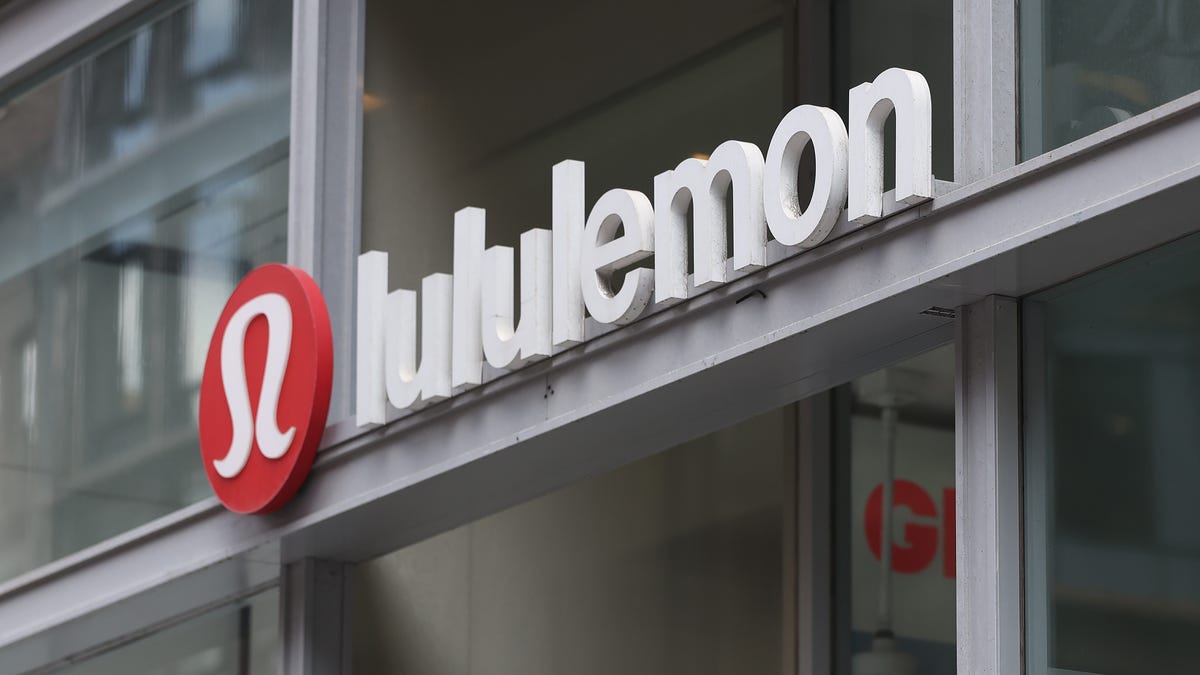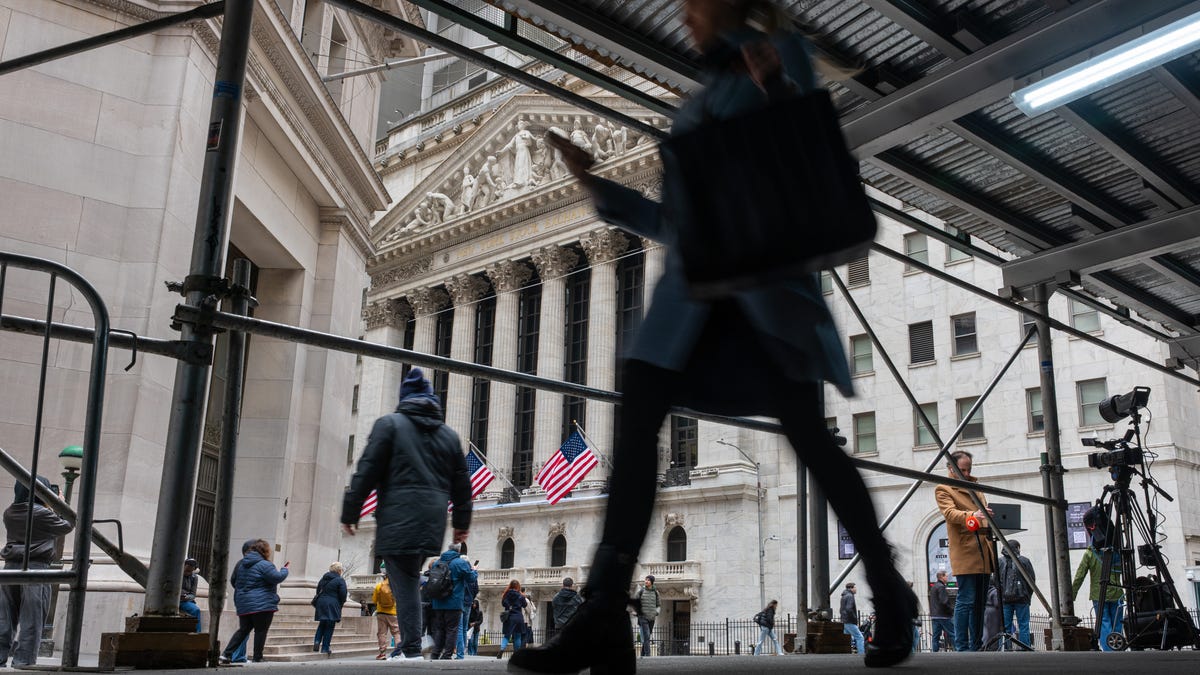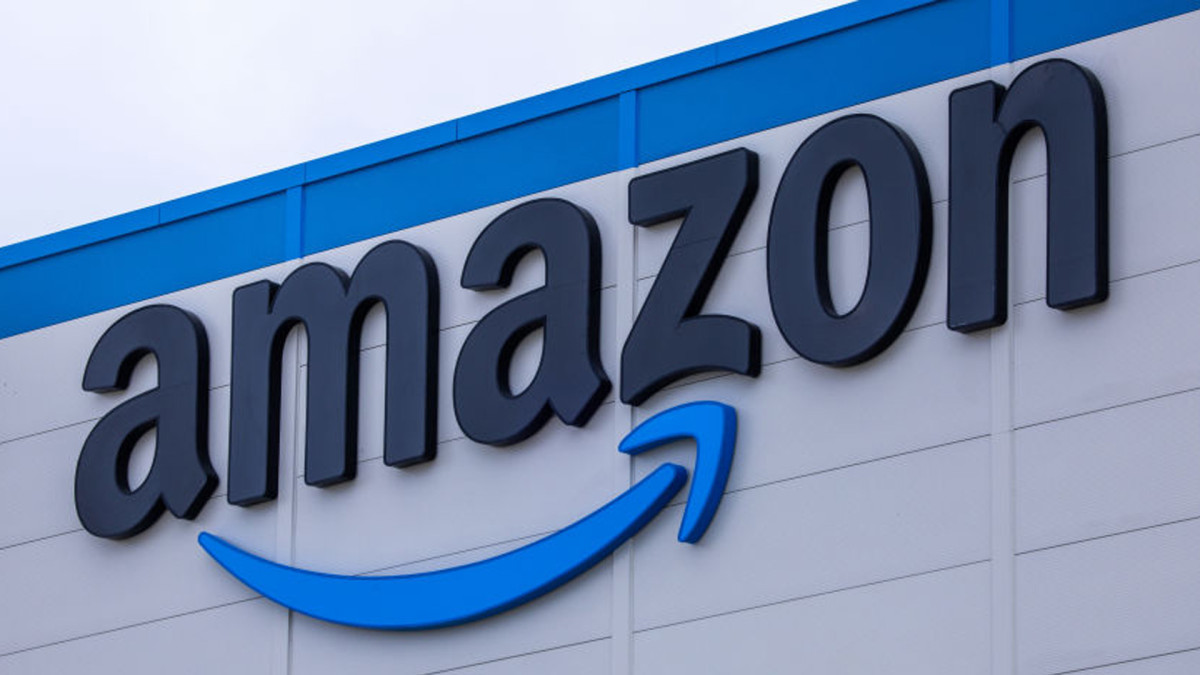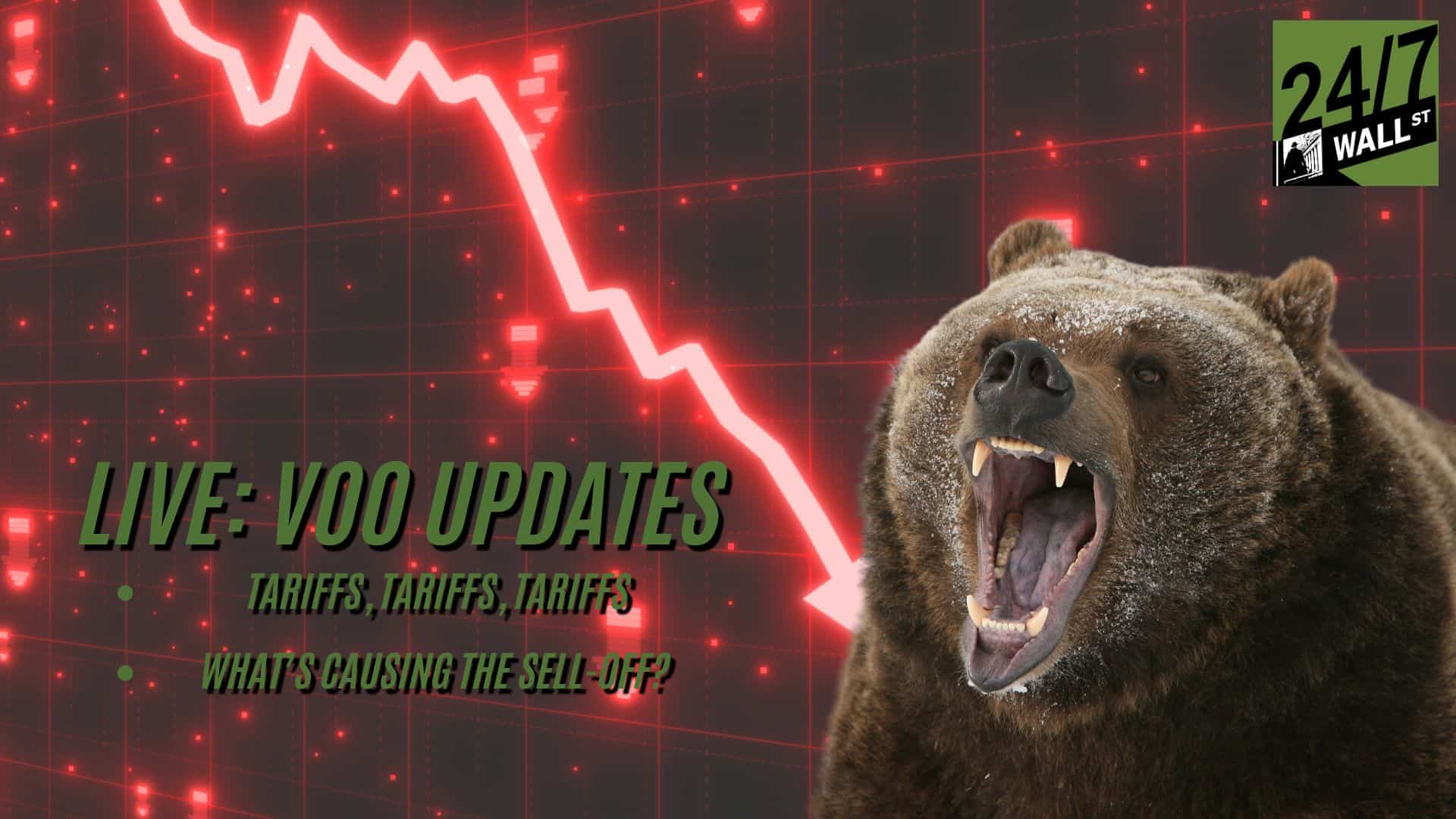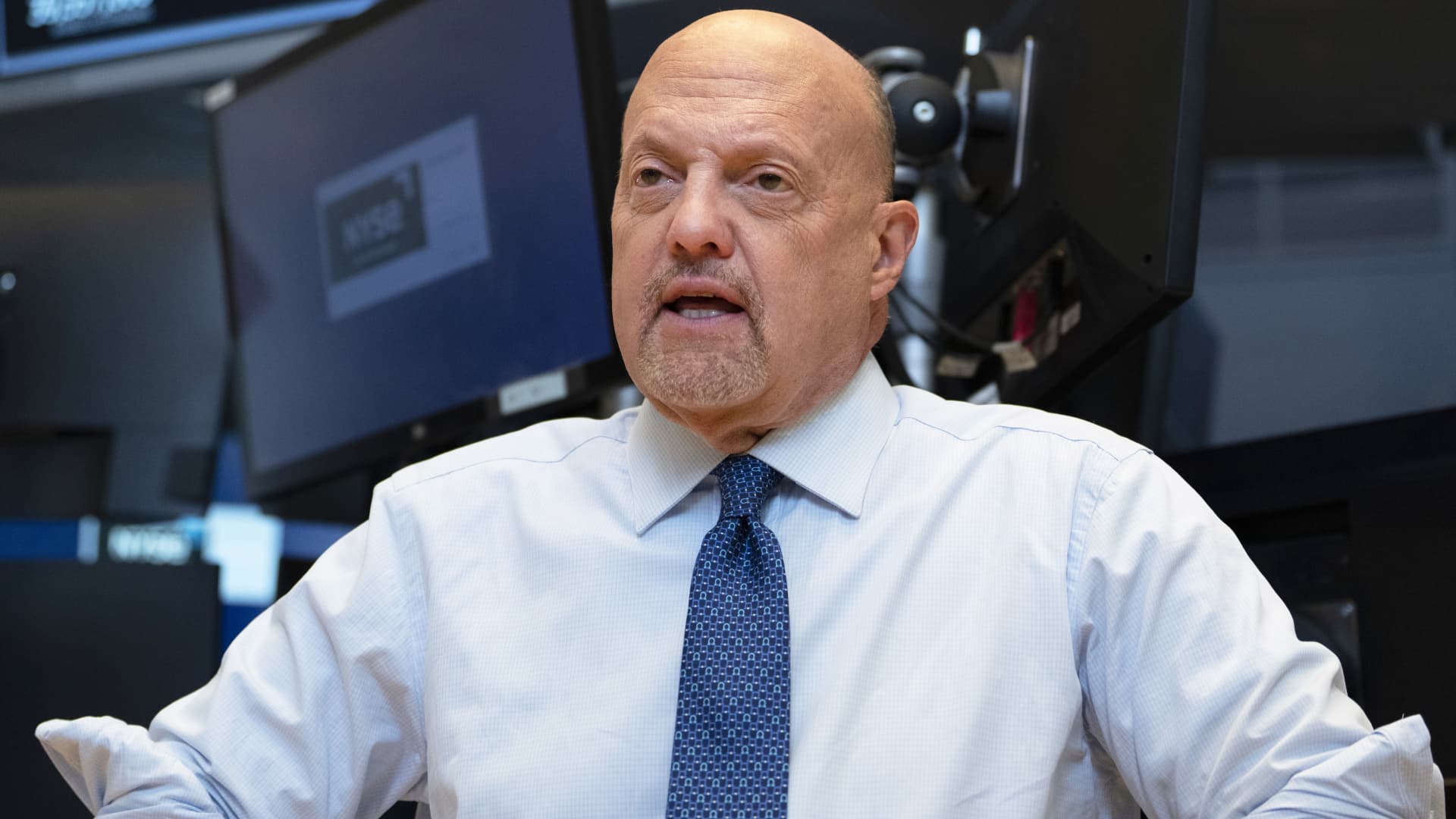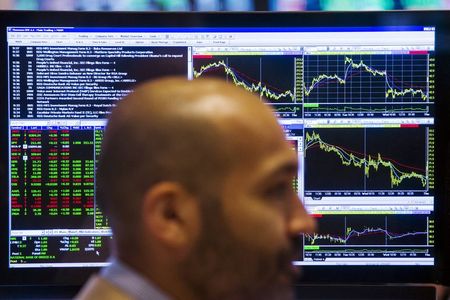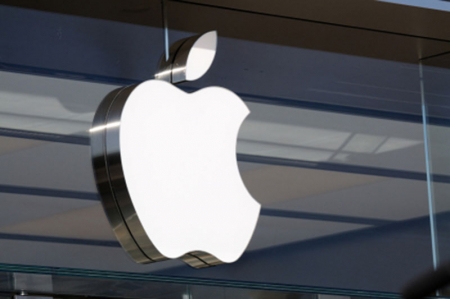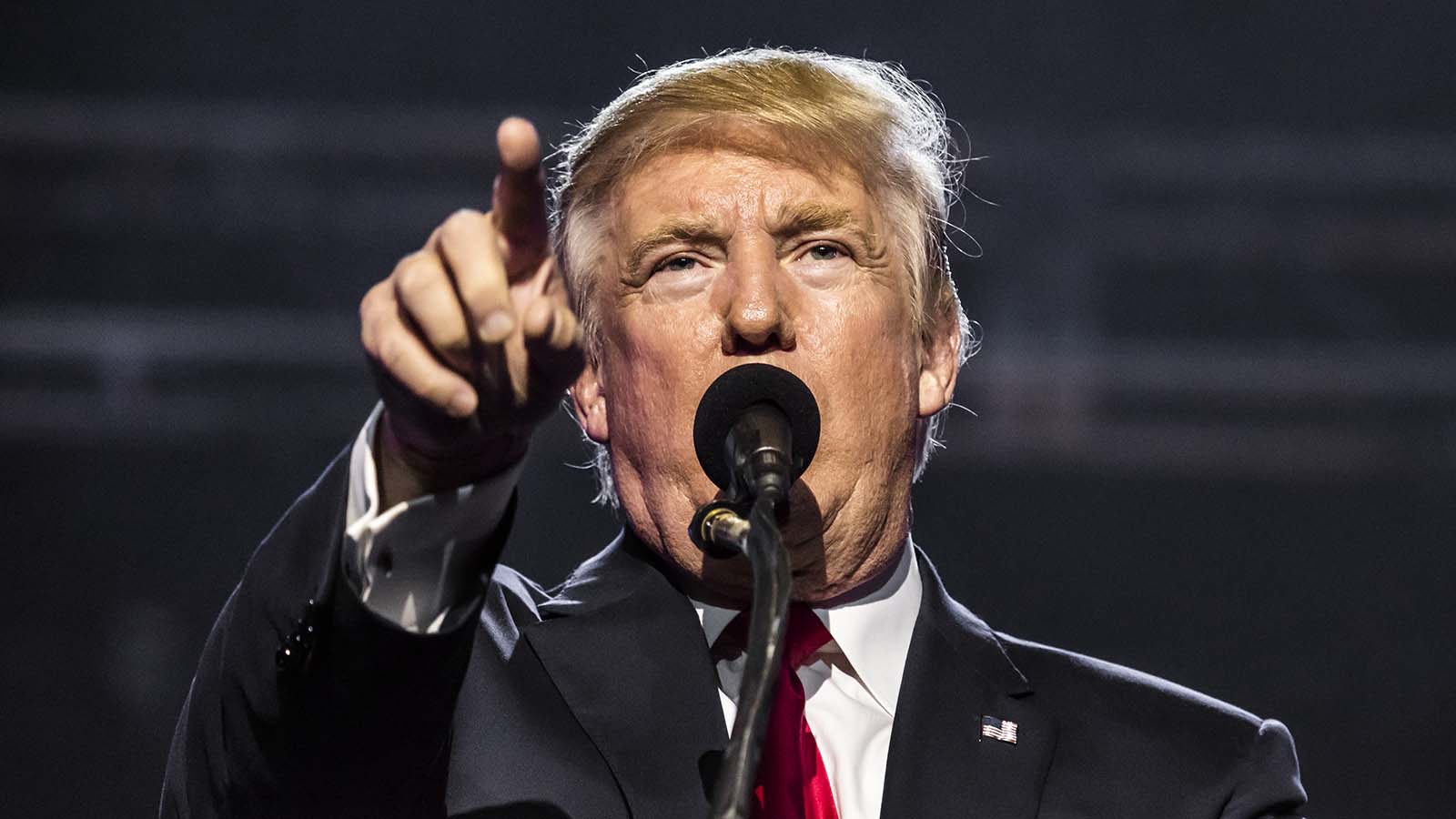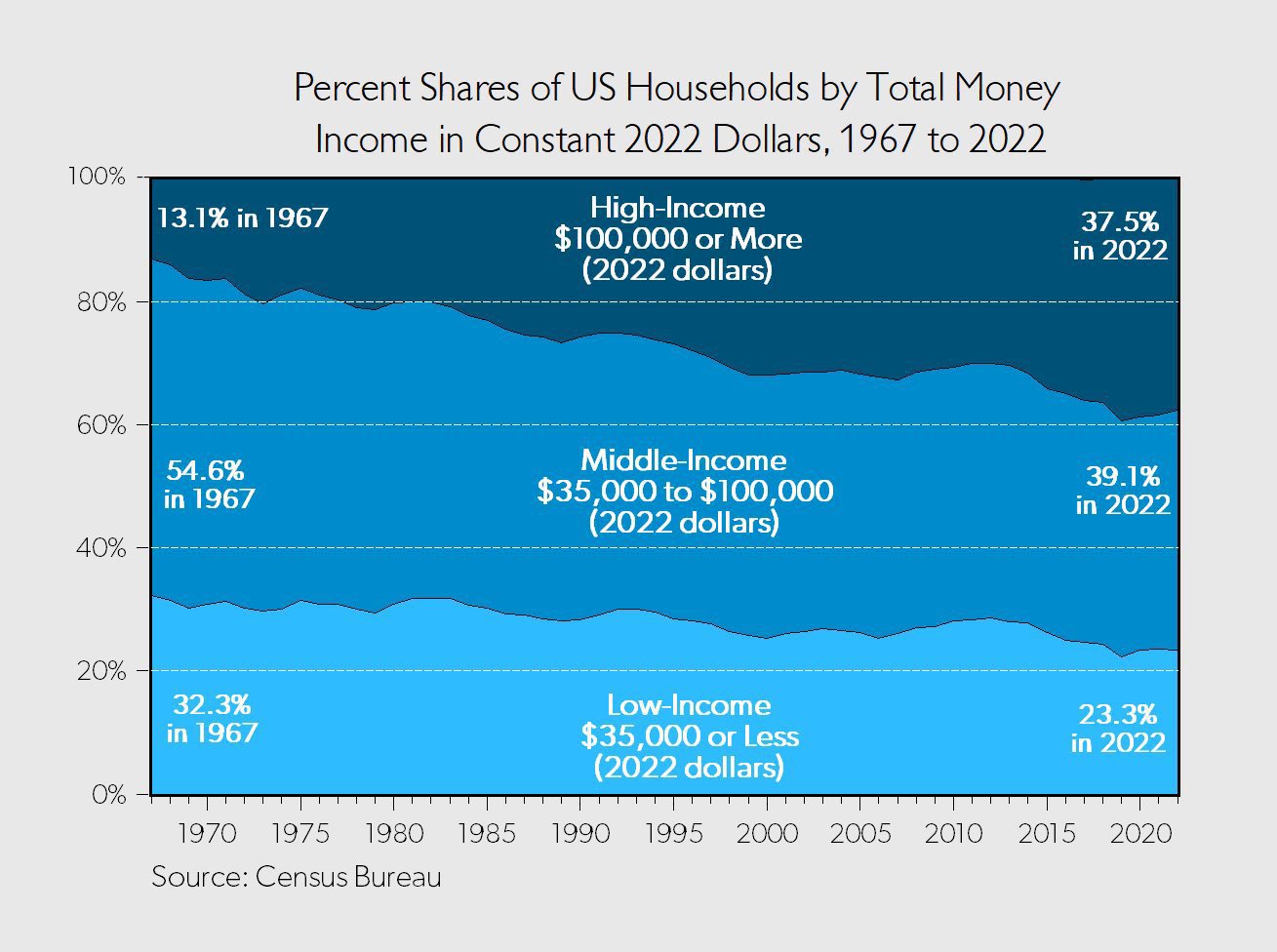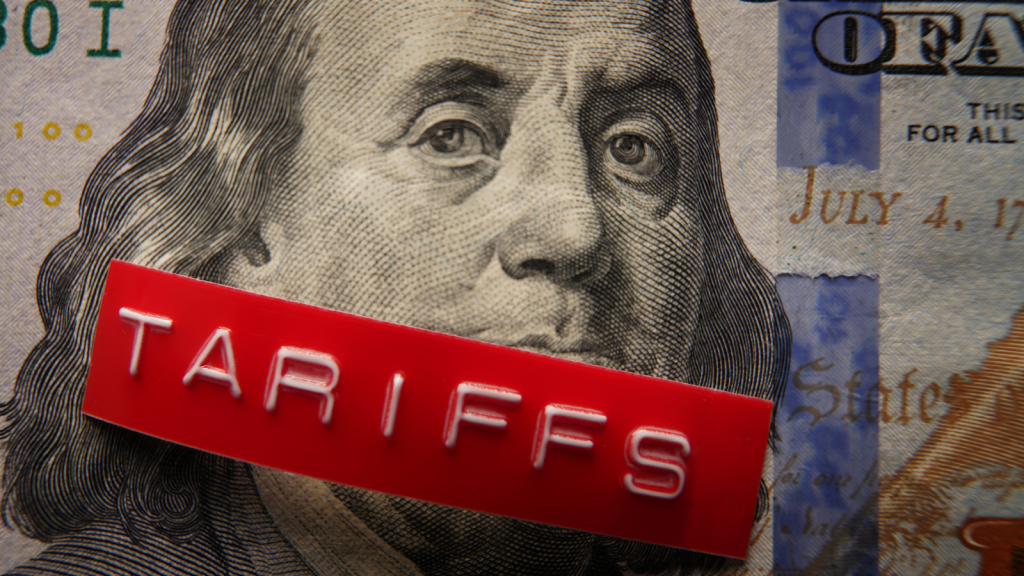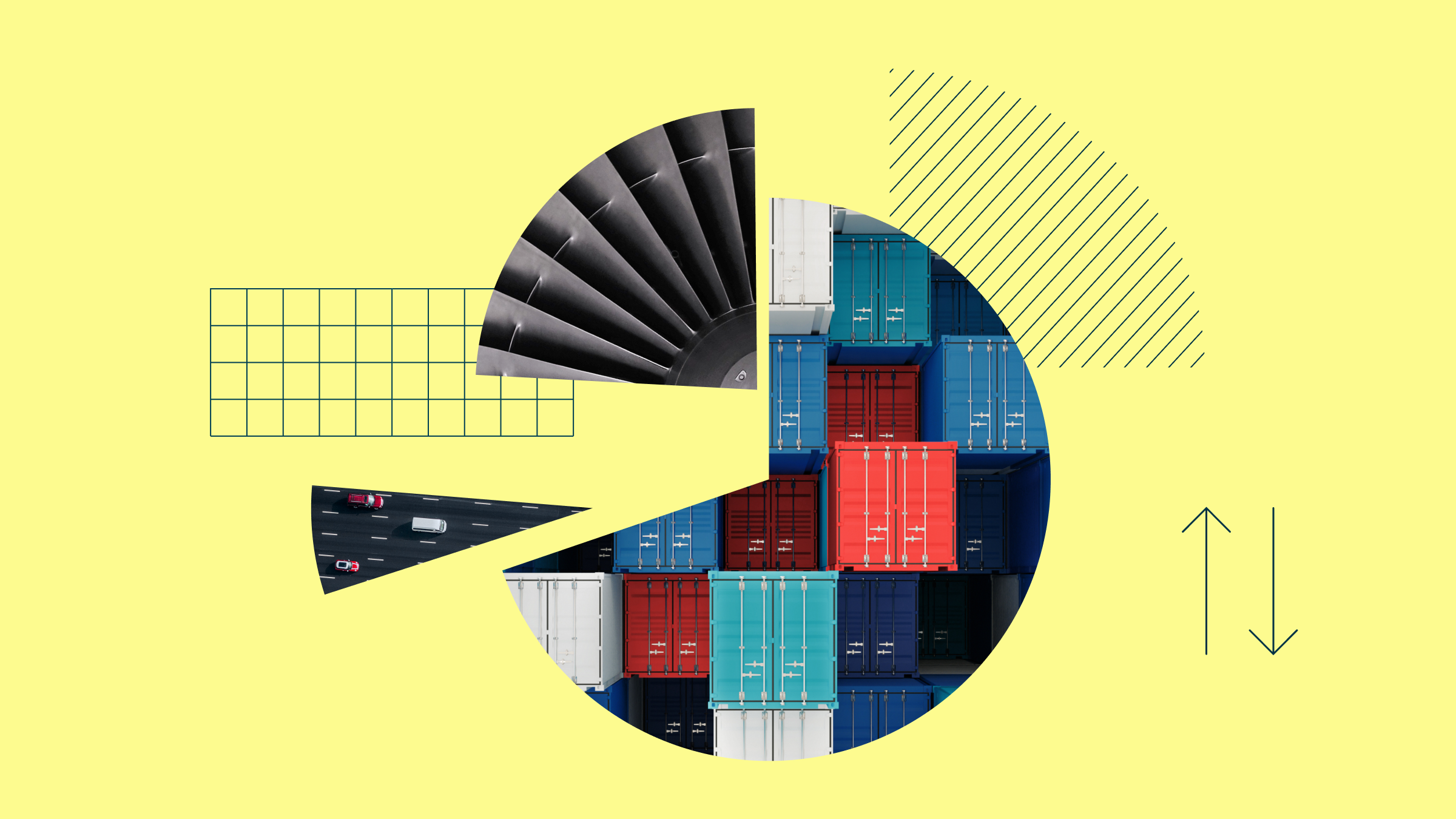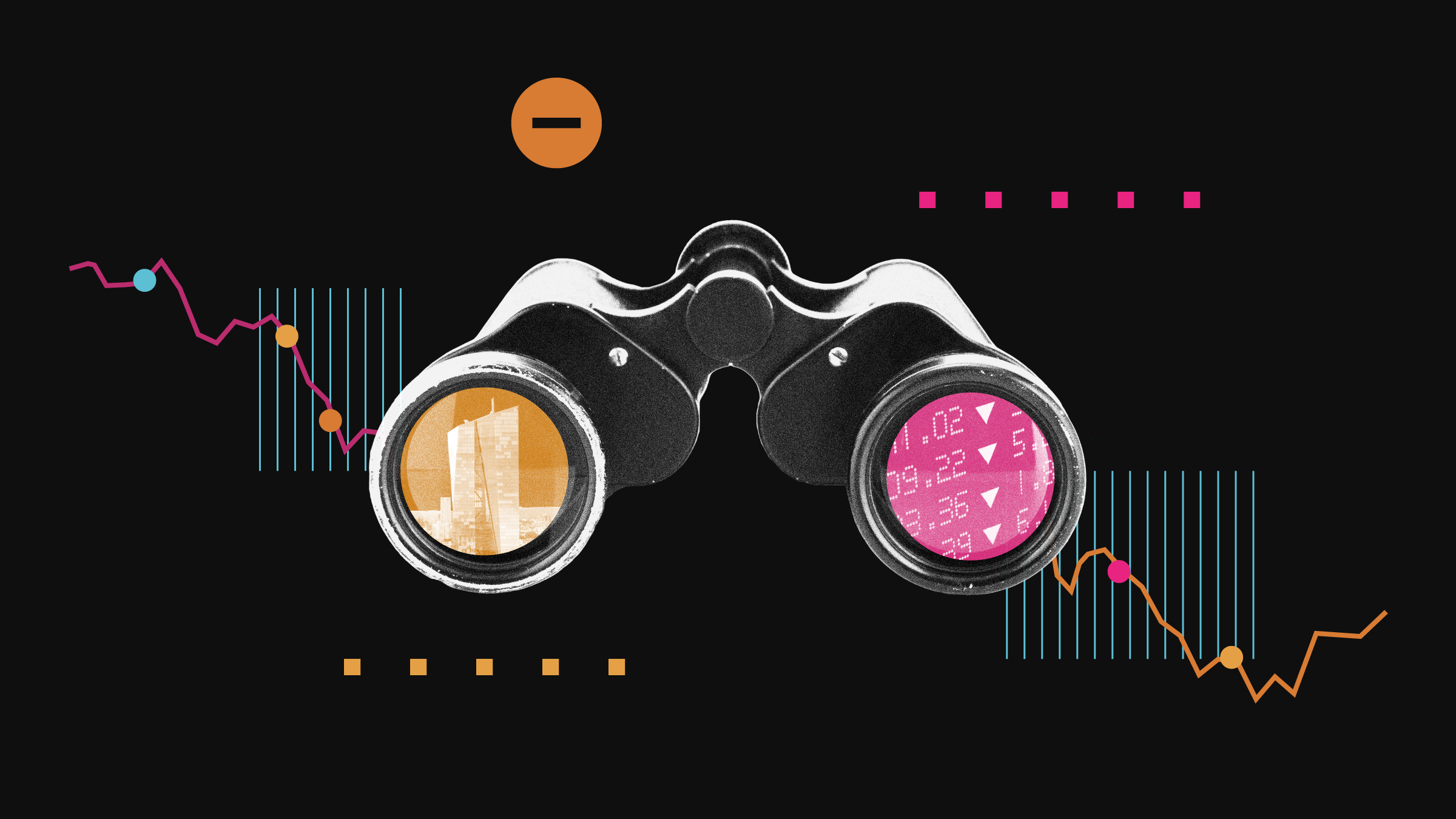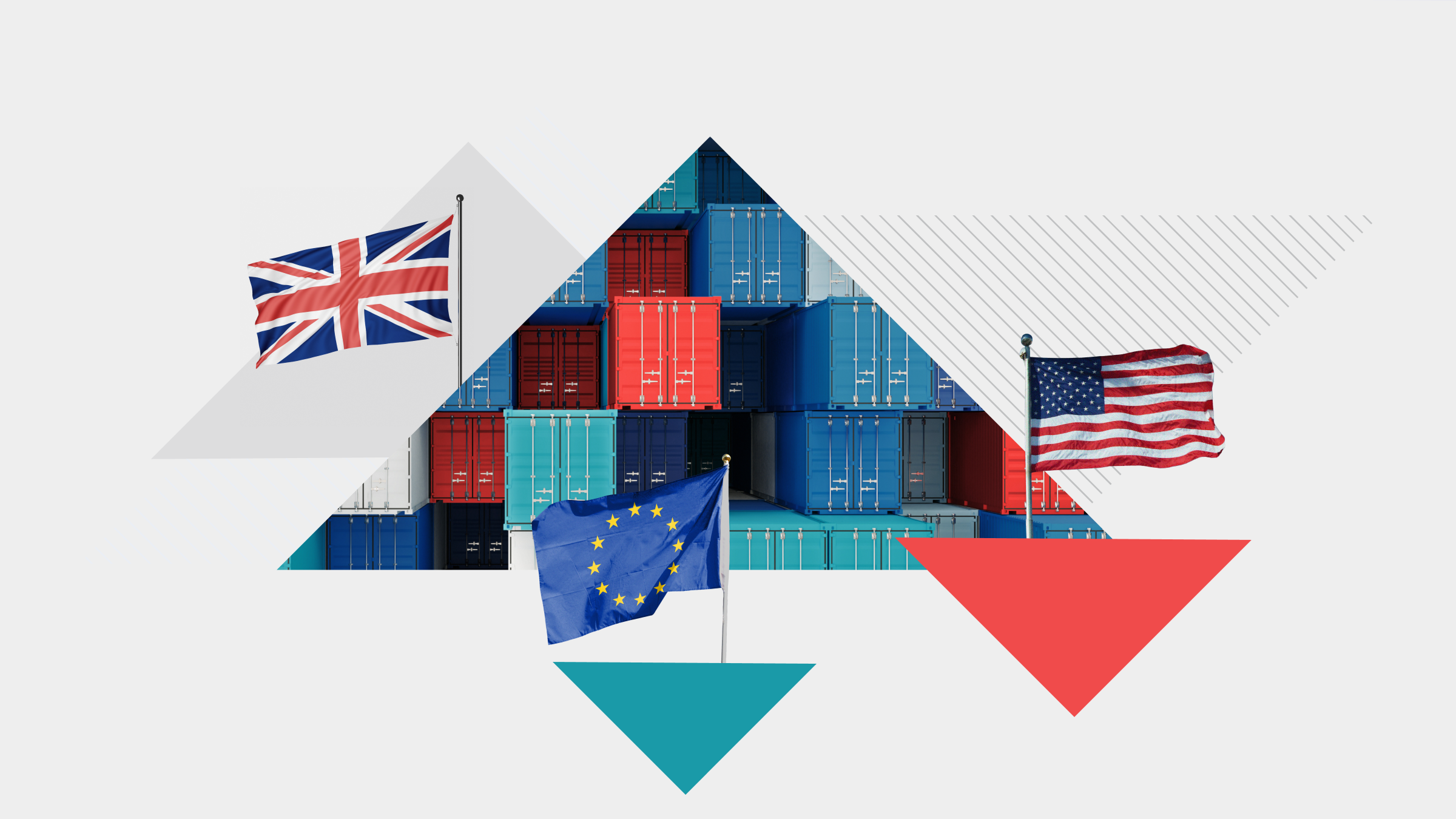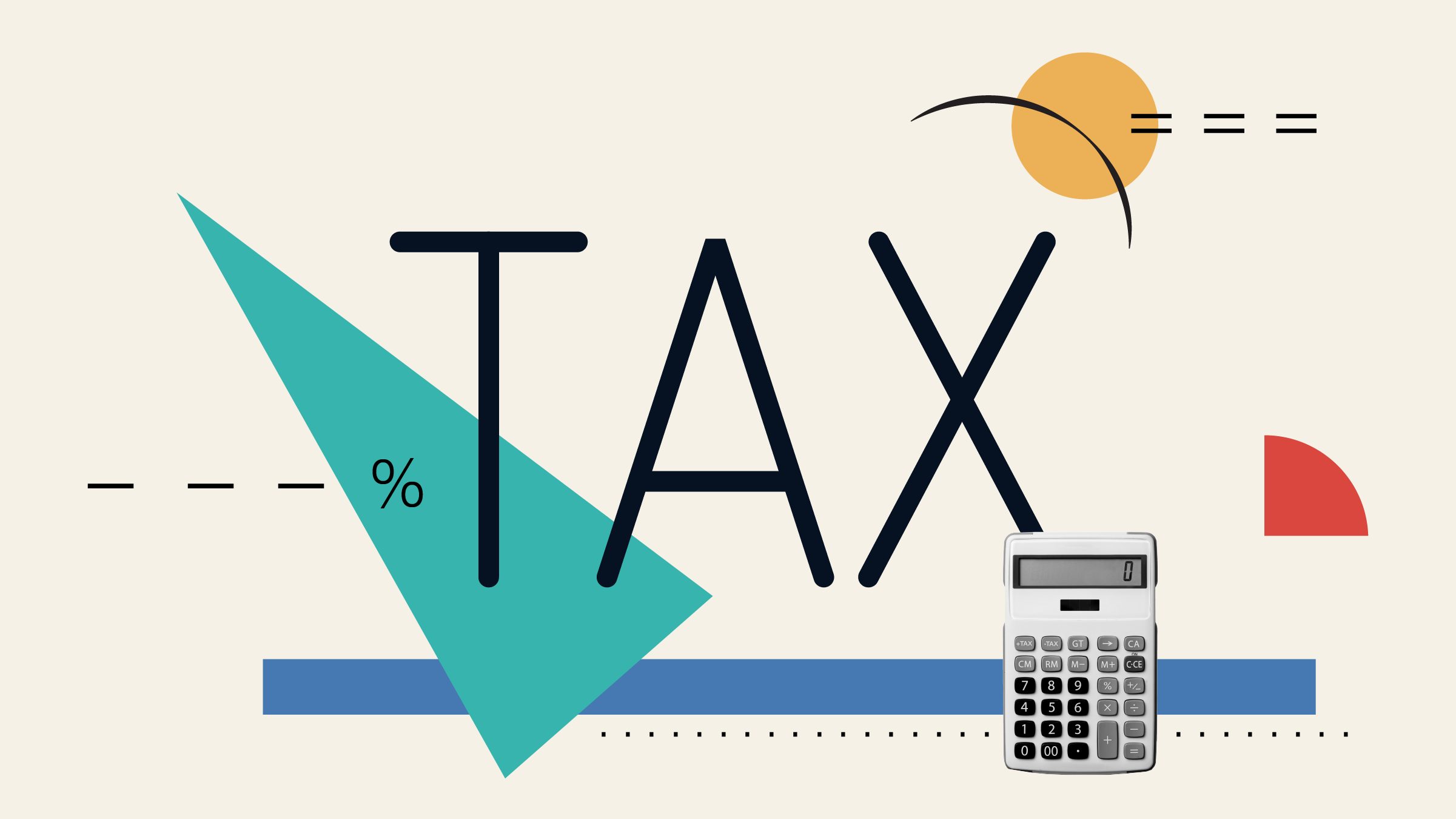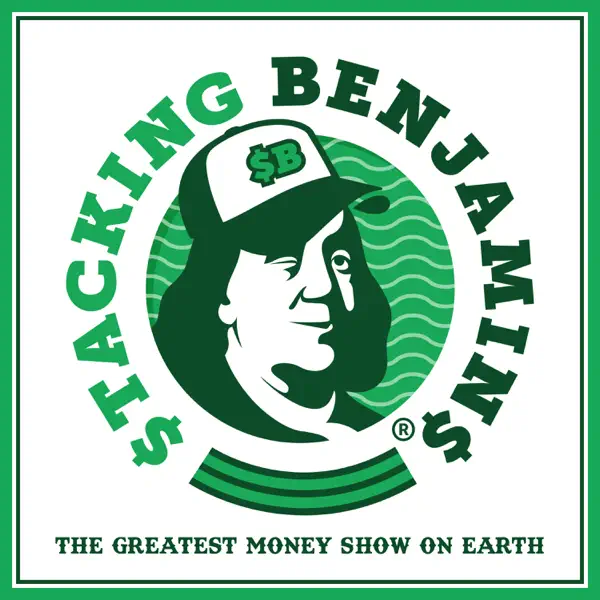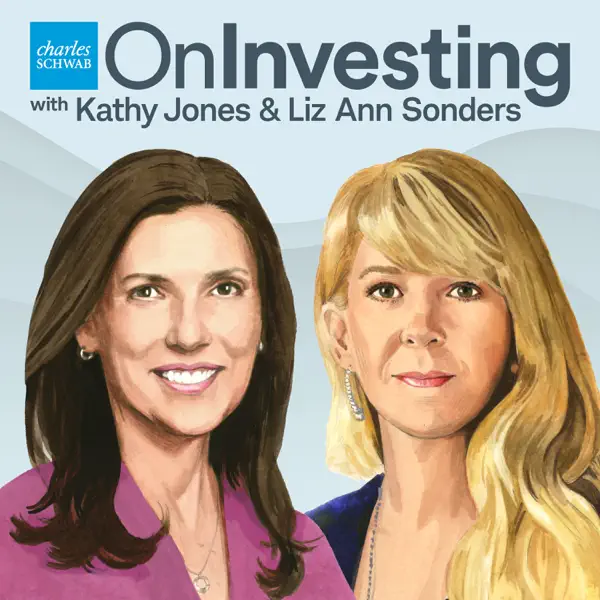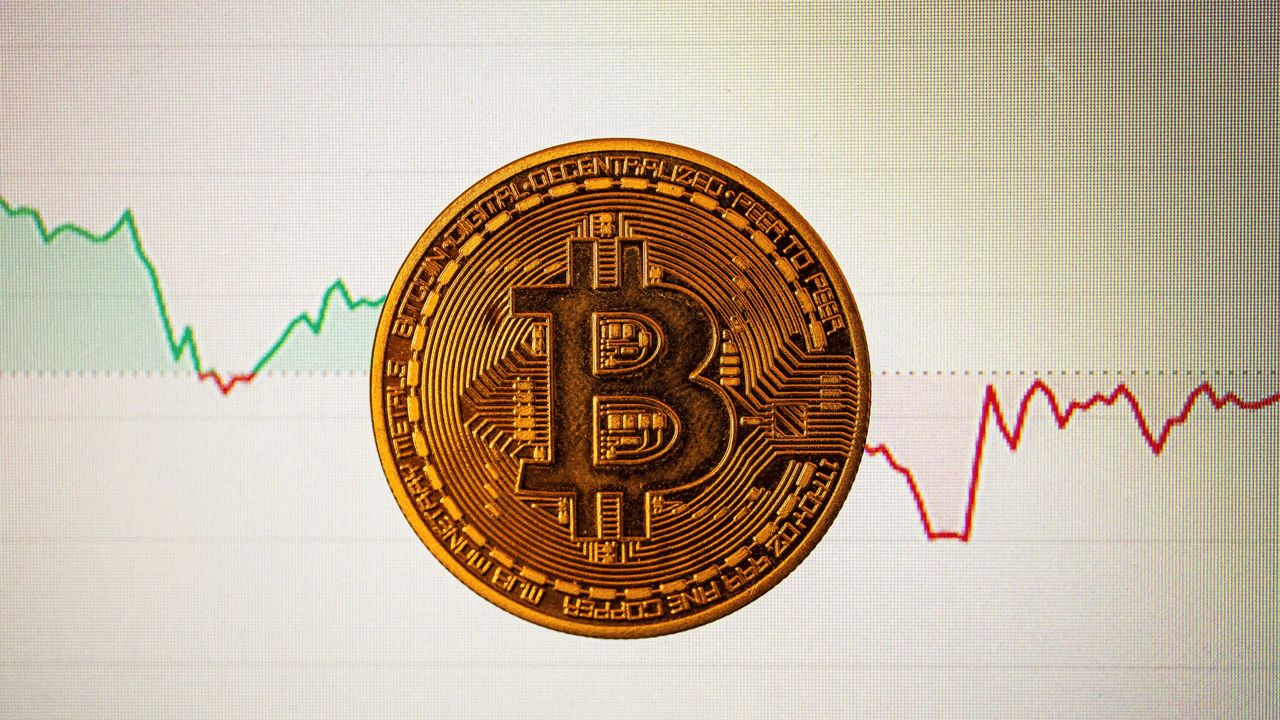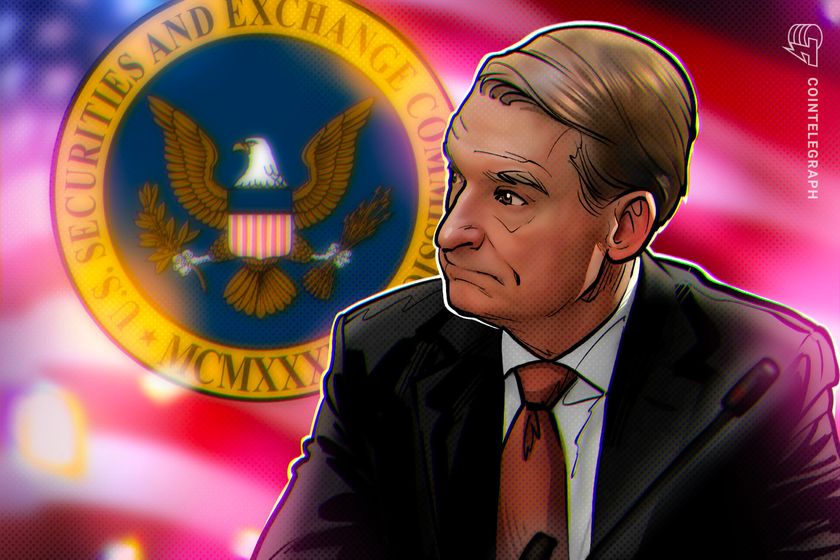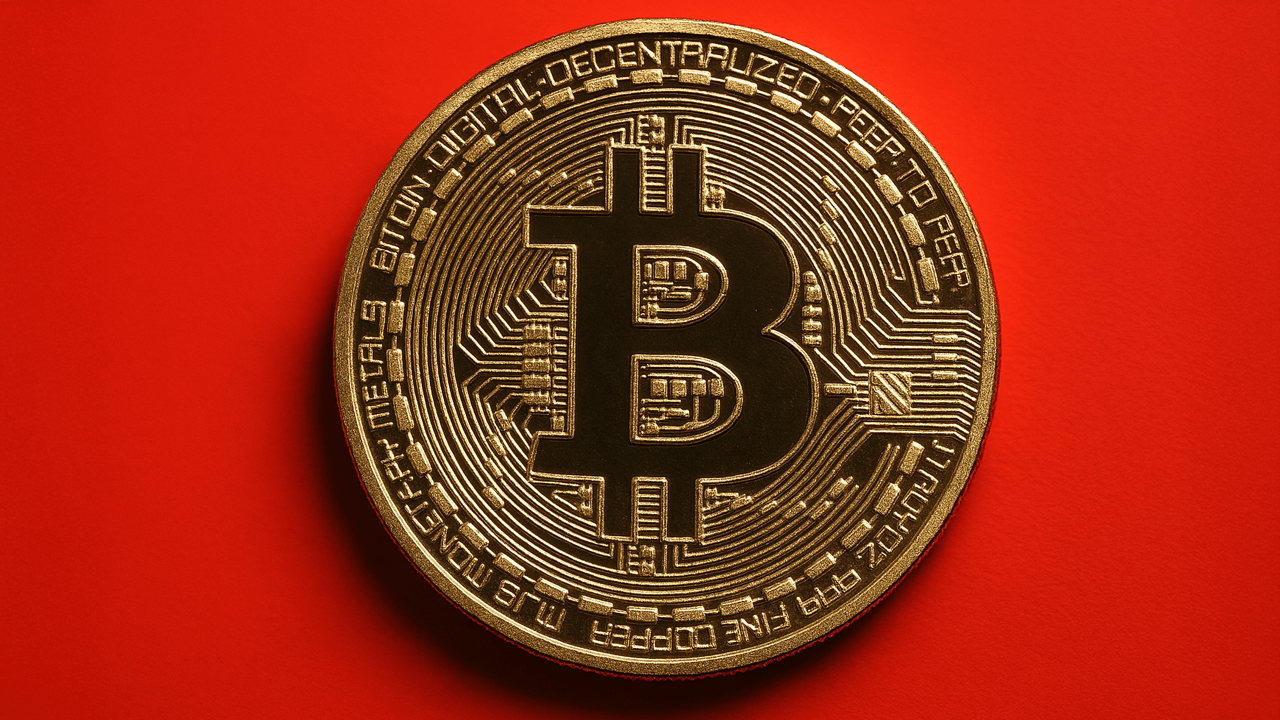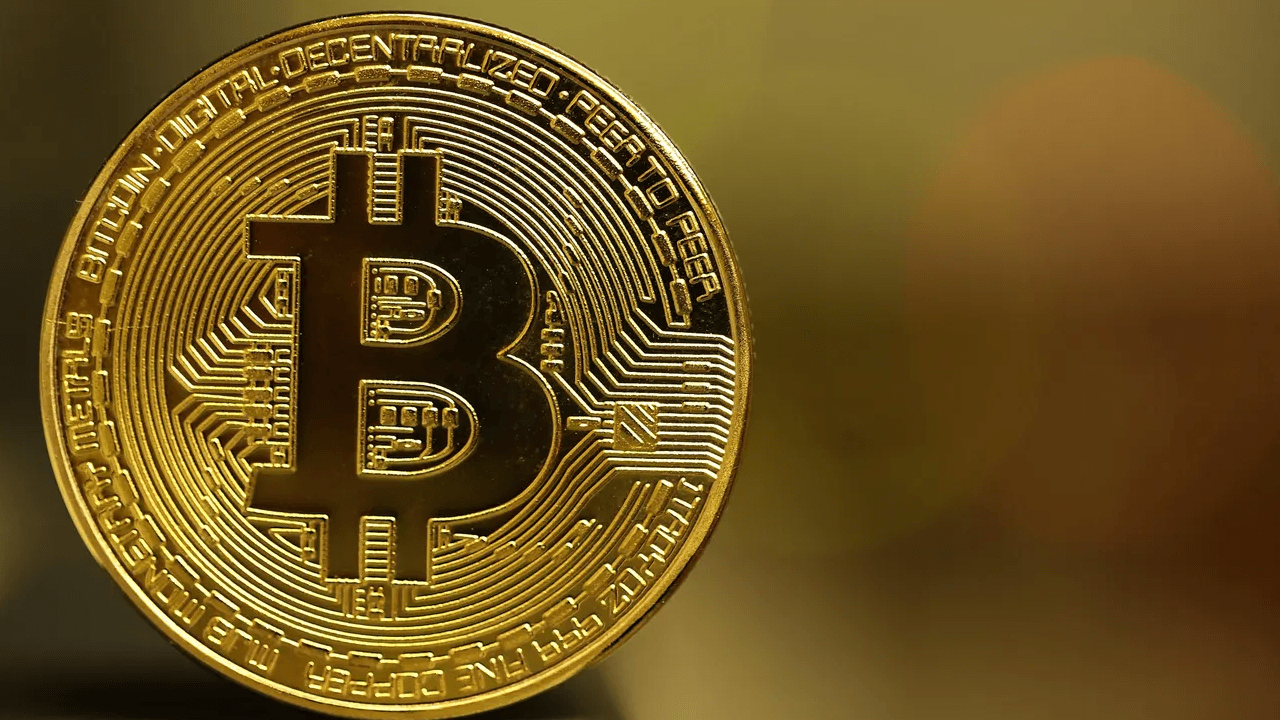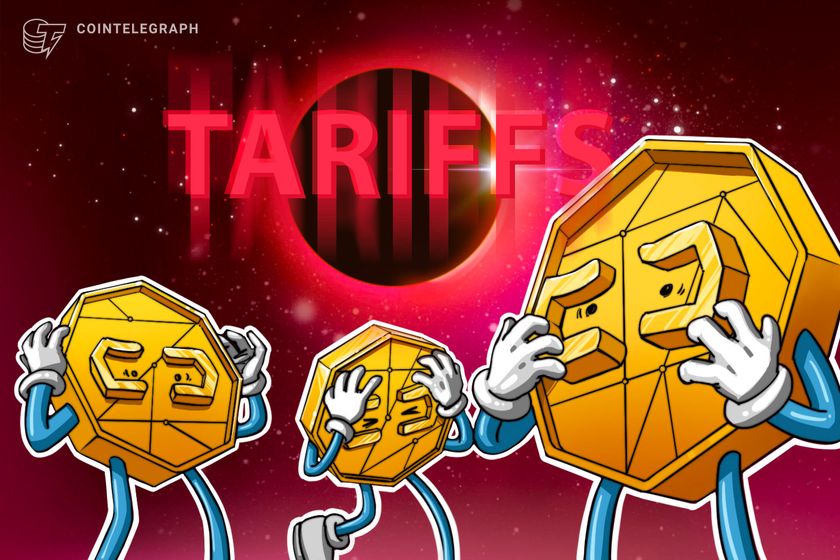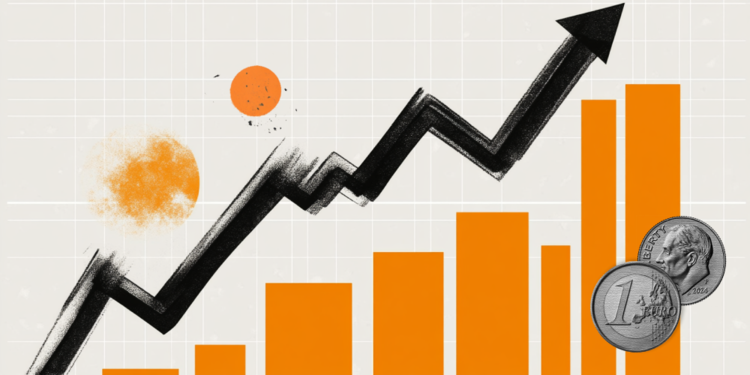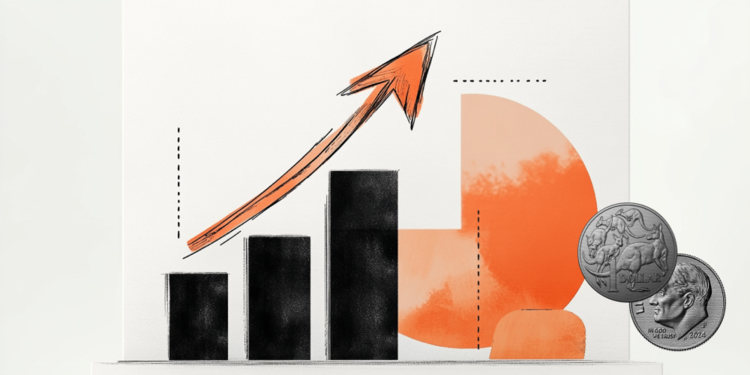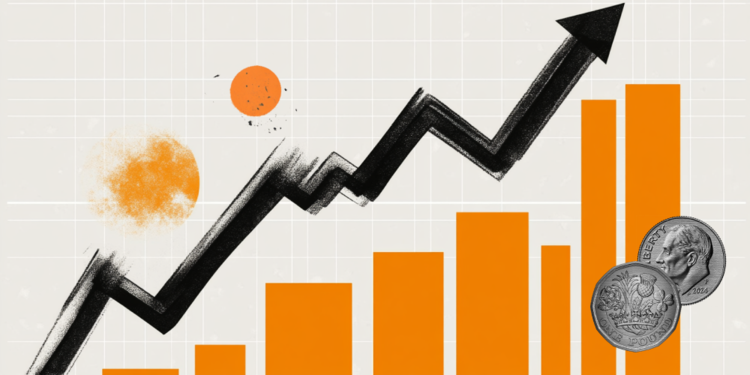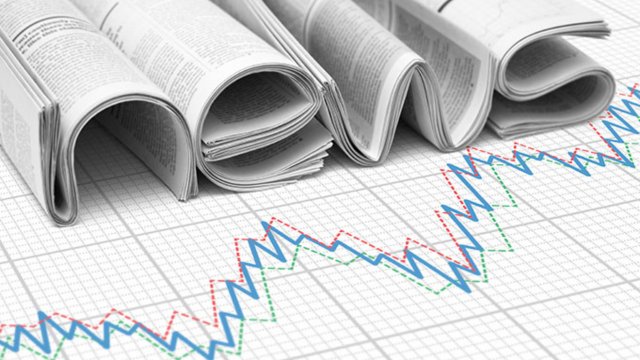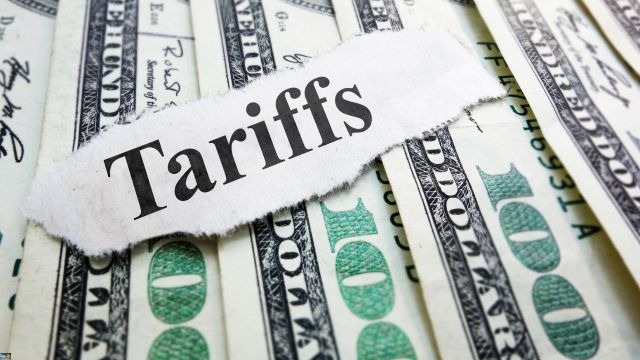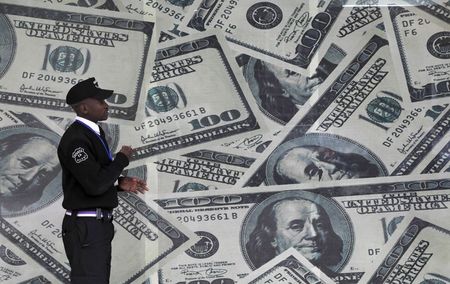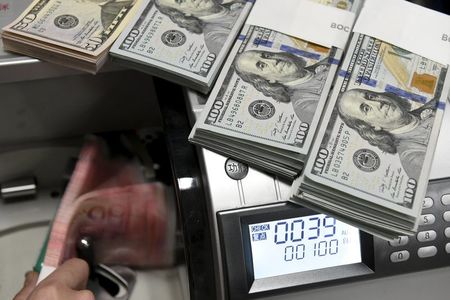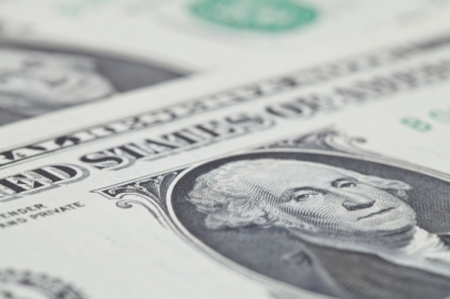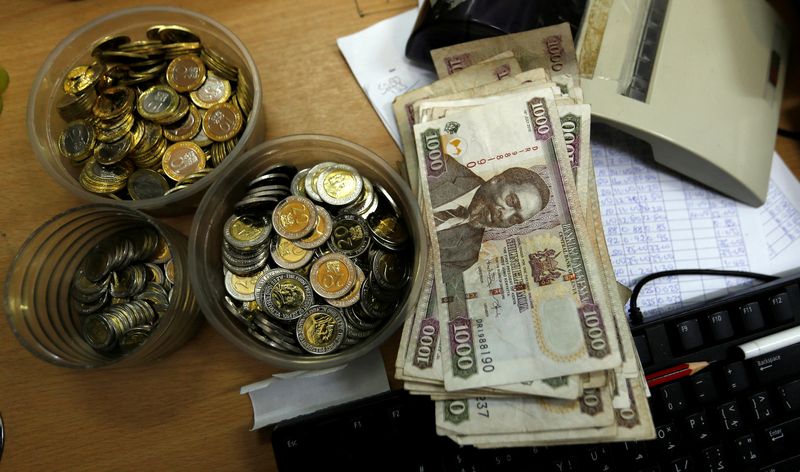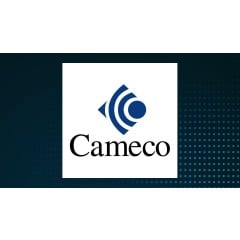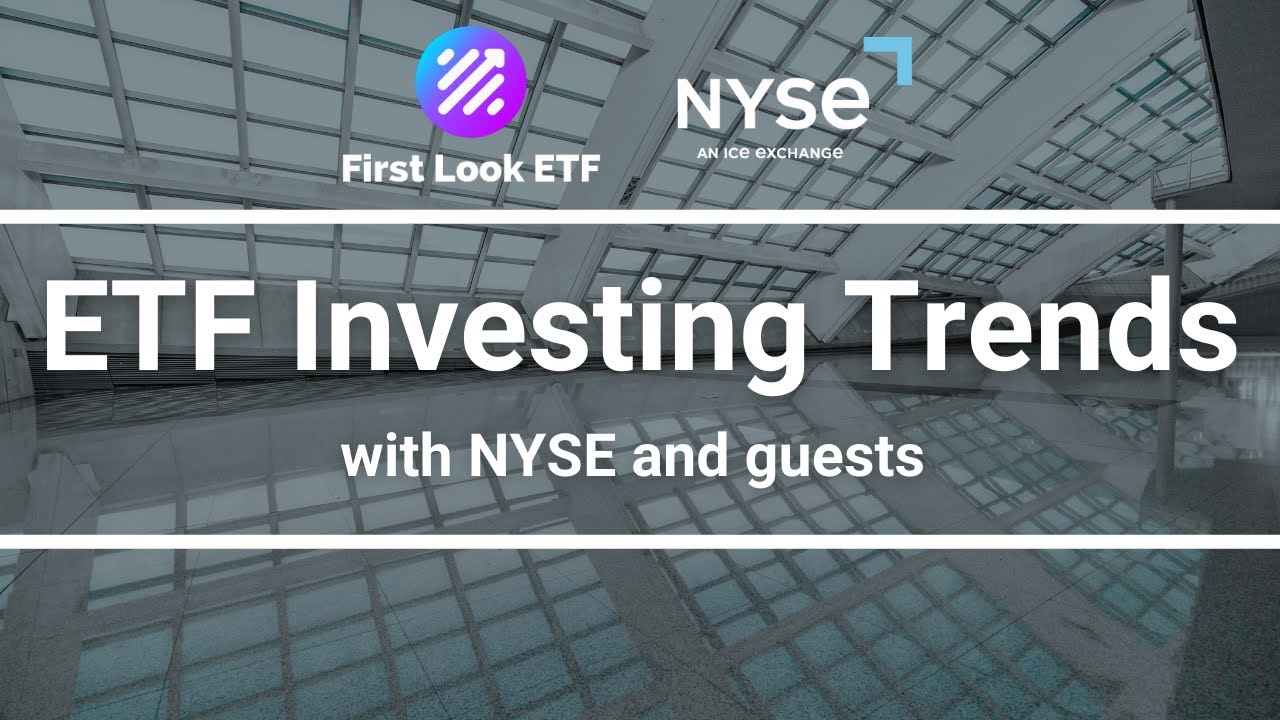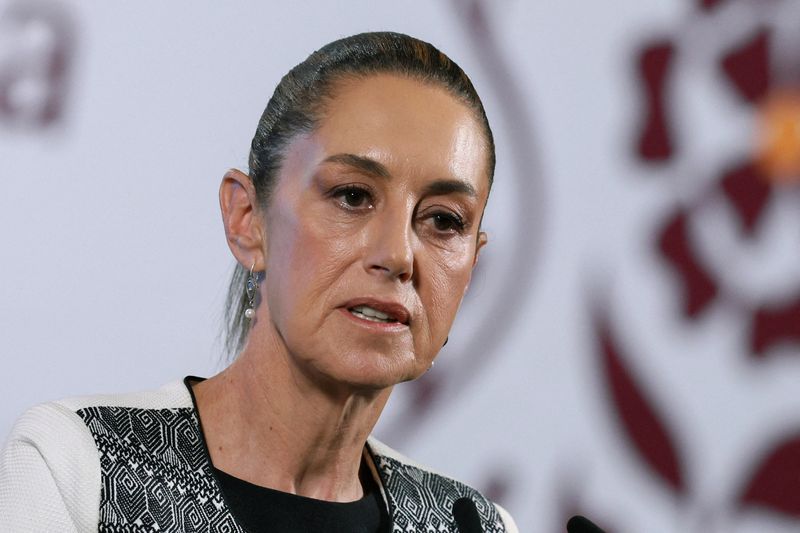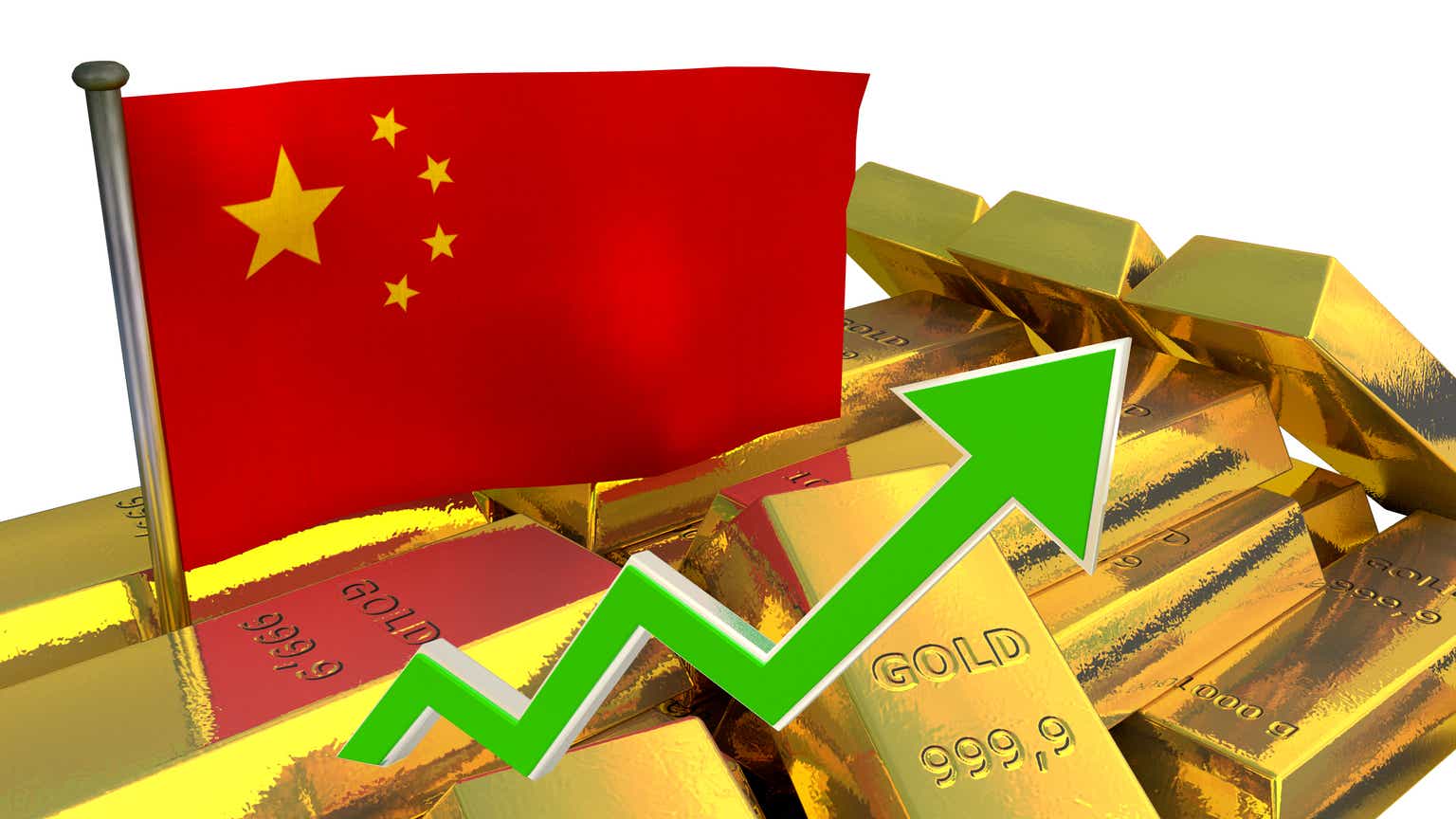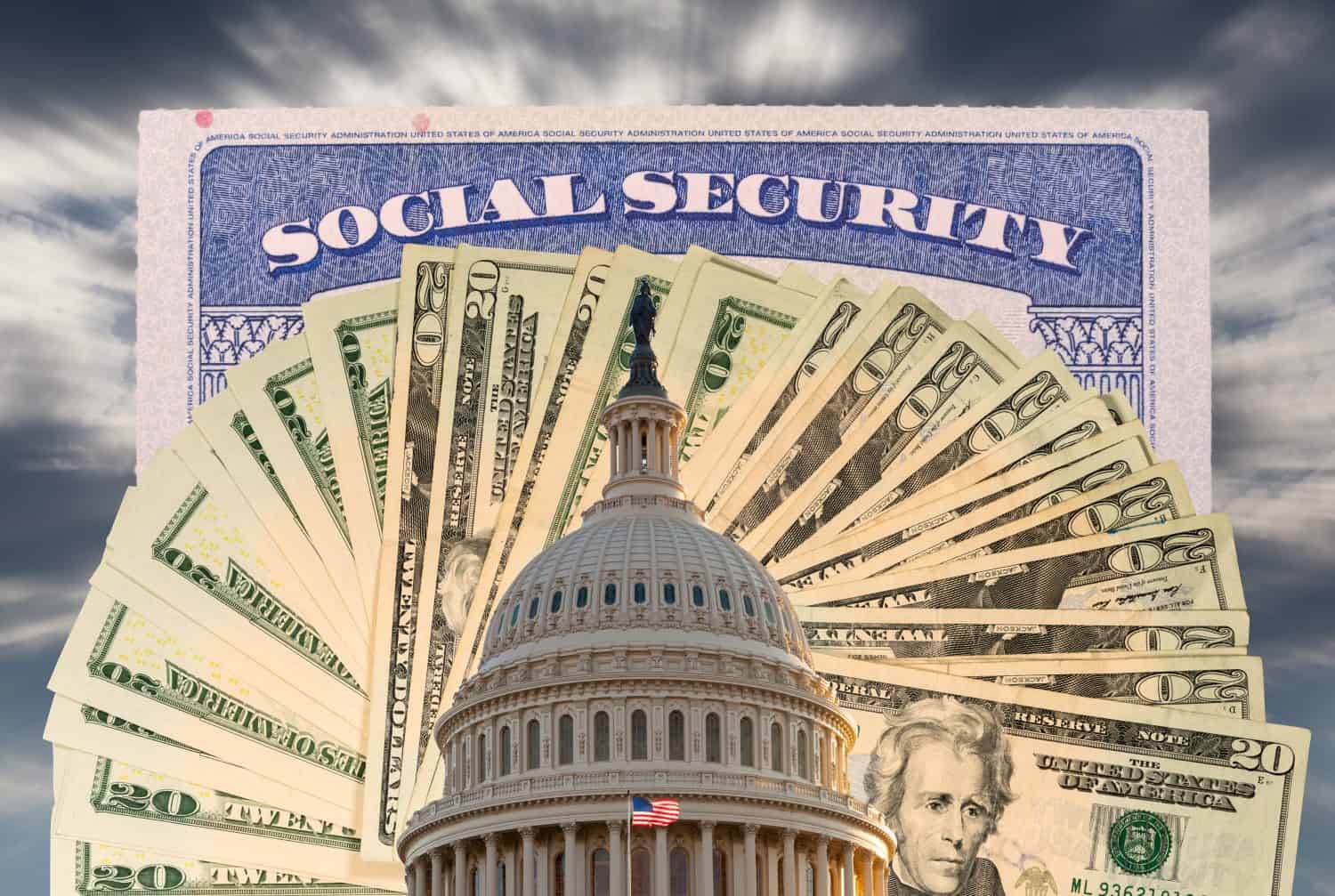2 ETFs to Buy Hand Over Fist as Trump’s “Liberation Day” Nears
Exchange-traded funds (ETFs) remain a powerful tool for investors, offering diversification, low costs, and flexibility. By pooling assets across sectors or markets, ETFs reduce the risk of betting on single stocks while keeping fees lower than many mutual funds. Their intraday trading mimics stocks, providing liquidity, and their structure often minimizes taxable events, boosting long-term […] The post 2 ETFs to Buy Hand Over Fist as Trump’s “Liberation Day” Nears appeared first on 24/7 Wall St..
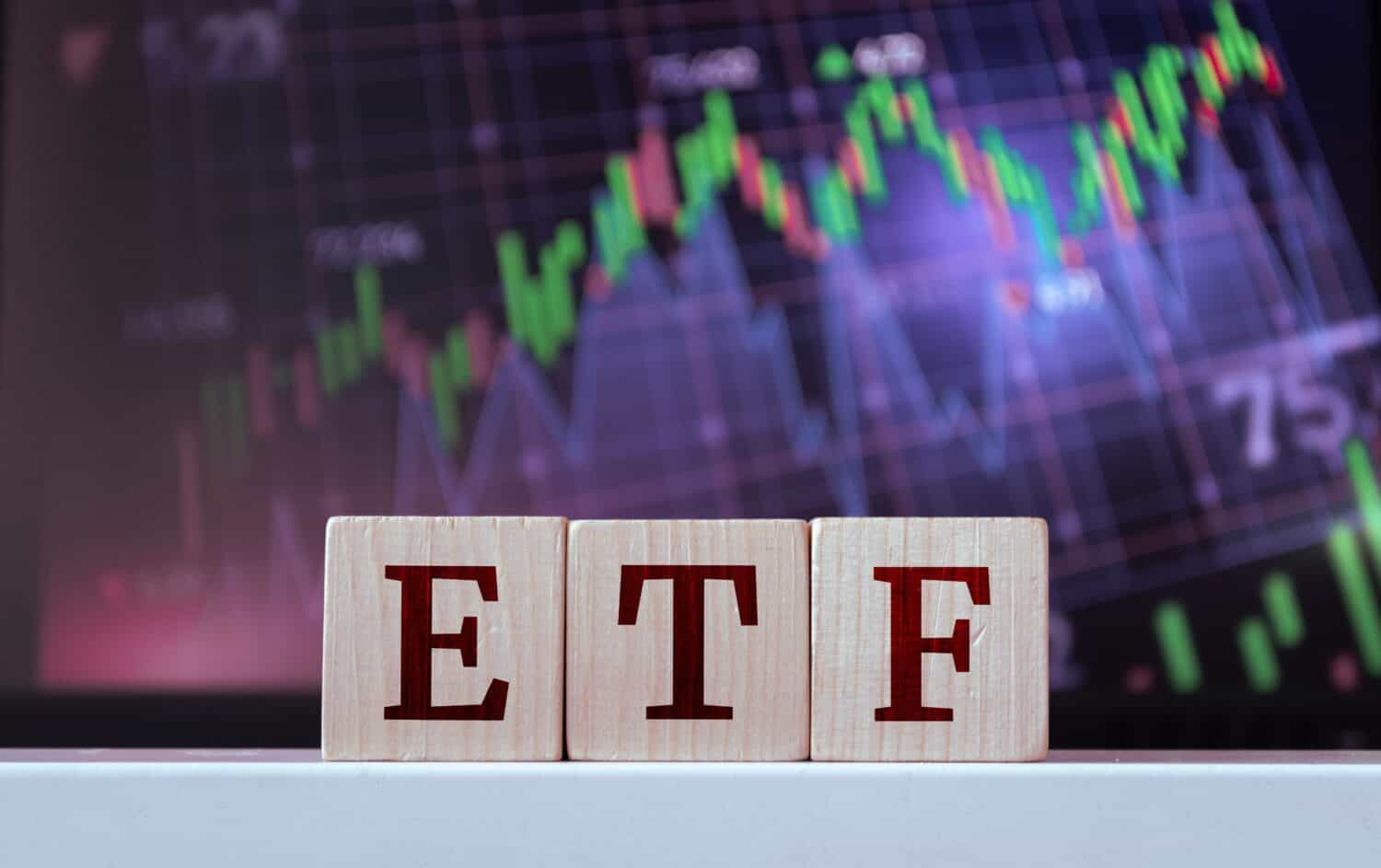
Exchange-traded funds (ETFs) remain a powerful tool for investors, offering diversification, low costs, and flexibility. By pooling assets across sectors or markets, ETFs reduce the risk of betting on single stocks while keeping fees lower than many mutual funds.
Their intraday trading mimics stocks, providing liquidity, and their structure often minimizes taxable events, boosting long-term gains. Whether targeting broad indices or niche industries, ETFs let investors ride market trends with ease.
Yet, as President Trump’s “Freedom Day” approaches on April 2, ushering in bold tariff policies, not all ETFs will fare equally. Some, particularly those tied to U.S.-centric industries poised to benefit from import barriers could see a surge as tariffs reshape trade flows.
While the strategy carries risks, savvy investors might find winners among ETFs aligned with Trump’s protectionist vision, turning trade upheaval into opportunity amid the uncertainty.
24/7 Wall St. Insights:
-
President Trump has declared April 2 as “Liberation Day,” the day he imposes sweeping new tariffs on the U.S.’s global trading partners.
-
While the fallout from the tariffs will be broad-based, some sectors of the economy stand to gain from the trade turmoil
-
ETFs tracking stocks in sectors getting pushed along by the tailwinds the tariffs create are prime for buying.
-
If you’re looking for some stocks with huge potential, make sure to grab a free copy of our brand-new “The Next NVIDIA” report. It features a software stock we’re confident has 10X potential.
iShares Russell 2000 ETF (IWM)
The coming tariff-driven shake-up could lift the iShares Russell 2000 ETF (NYSEARCA:IWM), making it a compelling buy for investors. This ETF tracks the Russell 2000 Index, a benchmark of small-cap U.S. companies, many of which thrive domestically and stand to gain from Trump’s tariff policies.
Unlike large multinationals that rely heavily on global supply chains, these smaller firms often source and sell locally, shielding them from tariff costs while capitalizing on reduced foreign competition. If consumers start to purchase more U.S.-made goods, small cap stocks could rise.
Further, Trump’s protectionist push aims to bolster American manufacturing, a sector heavily represented in the Russell 2000. In 2024, small caps lagged their larger peers, with the index up just 8% versus the S&P 500’s 20%. “Liberation Day” could change that.
Domestic steel producers like Carpenter Technology (NYSE:CRS), a top five holding, or machinery makers like Titan Machinery (NASDAQ:TITN), might see demand surge as imported goods become pricier. Historical precedent supports this: small caps rallied 10% after the 2016 election on similar policy bets.
While trade wars carry risks, including potential inflation or retaliation, the Russell 2000’s focus on U.S.-centric growth offers a buffer. With valuations still reasonable, this ETF could ride a tariff-fueled wave, rewarding investors willing to bet on Trump’s economic nationalism.
Financial Select Sector SPDR Fund (XLF)
The tariffs of “Liberation Day” could also position the Financial Select Sector SPDR Fund (NYSEARCA:XLF) as a smart buy for investors. This ETF tracks the financial sector of the S&P 500, including banks, insurers, and asset managers, firms poised to benefit from Trump’s protectionist policies.
The purpose of this dramatically different trade policy aims to boost U.S. manufacturing, in the hopes of spurring domestic investment and loan demand. That could be a boon for banks.
In 2024, regional banks in the index, like KeyCorp (NYSE:KEY), saw loan growth stagnate at 3%, but a tariff-driven economic shift could reverse that trend. Giants, such as JPMorgan Chase (NYSE:JPM), the ETF’s second-largest holding, saw business banking loan originations fall in the fourth quarter to $1 billion from $1.1 billion the year before.
Higher interest rates, often tied to tariff-induced inflation, also favor financials. The 10-year Treasury yield climbed to 4.3% in late 2024, and further hikes could widen net interest margins as banks earned $200 billion in net interest income in 2023, according to the Federal Reserve. Insurers, too, might see premiums rise as businesses hedge against trade uncertainty. Berkshire Hathaway (NYSE:BRK-B) is its largest holding at nearly 14% of the total. It owns around a dozen insurance companies, including GEICO, National Indemnity, and General RE.
The ETF’s 13% gain in 2024 lagged the S&P 500’s 20%, leaving room for upside. It remains undervalued for its potential, and though risks like a recession loom, the Financial Select Sector SPDR Fund could thrive as “Liberation Day” fuels a domestic economic surge, rewarding risk-tolerant investors.
The post 2 ETFs to Buy Hand Over Fist as Trump’s “Liberation Day” Nears appeared first on 24/7 Wall St..




